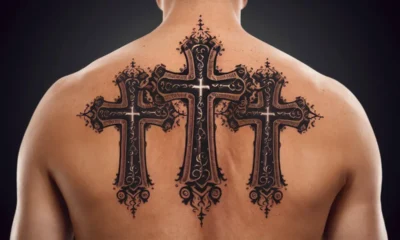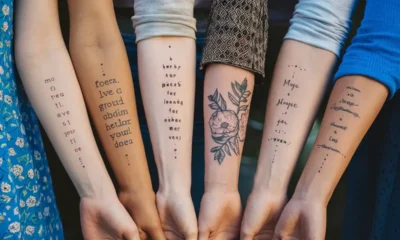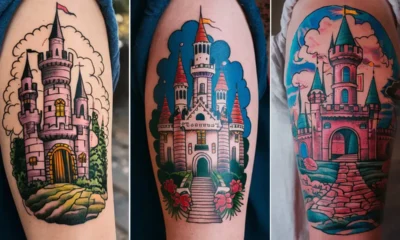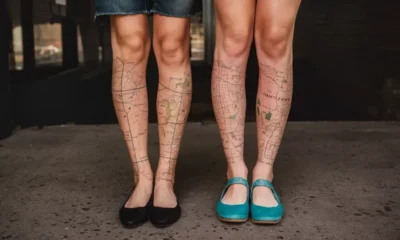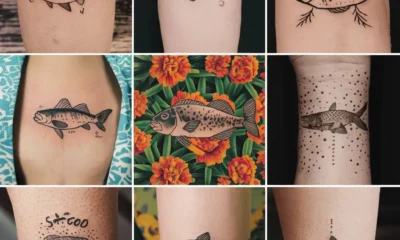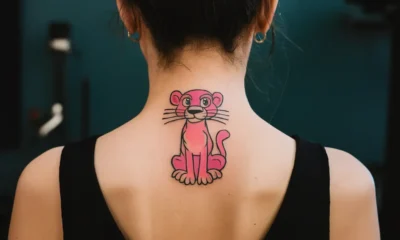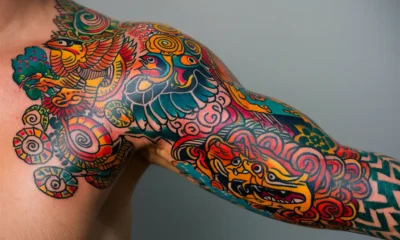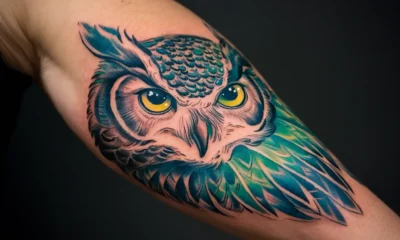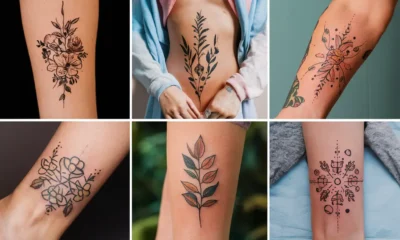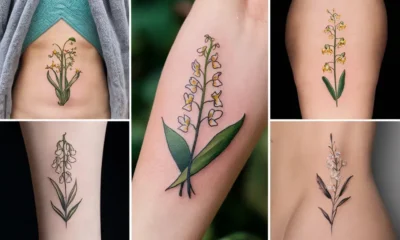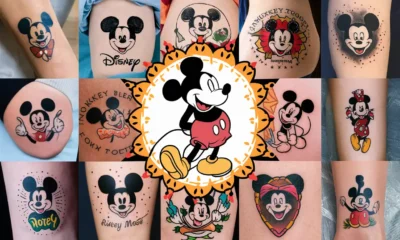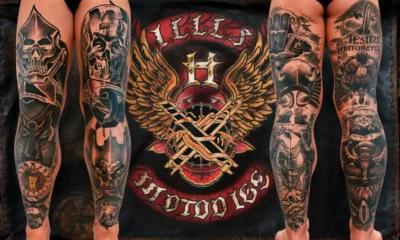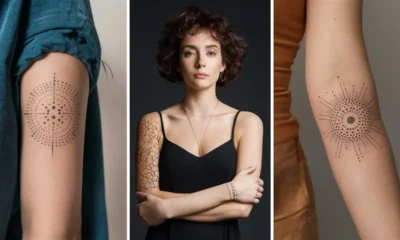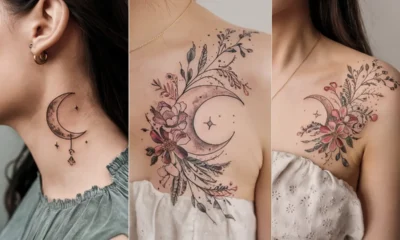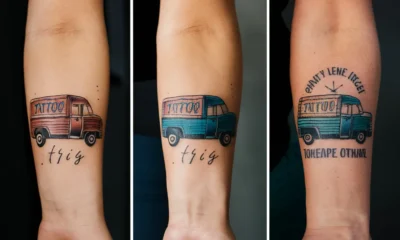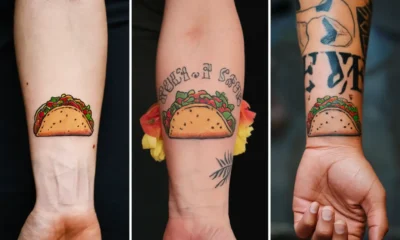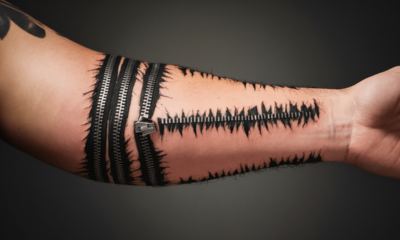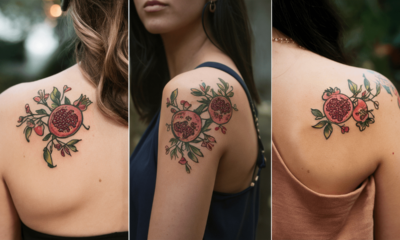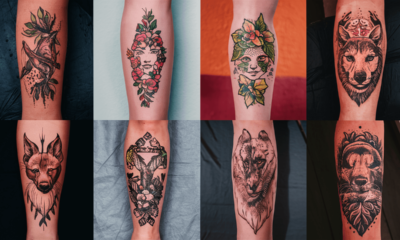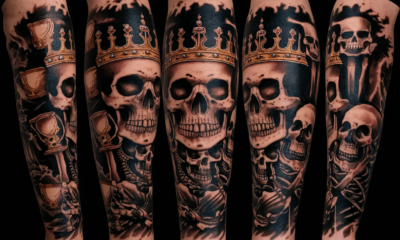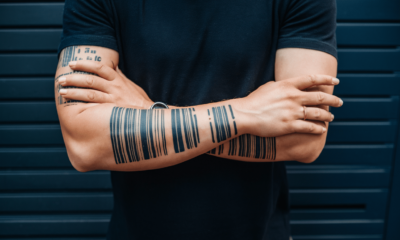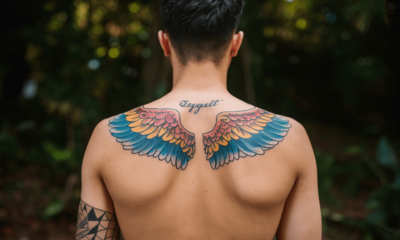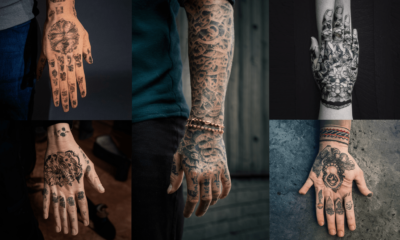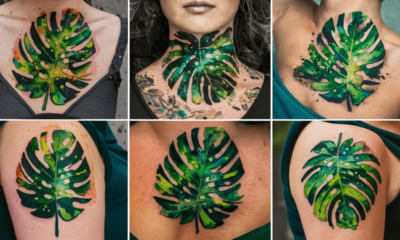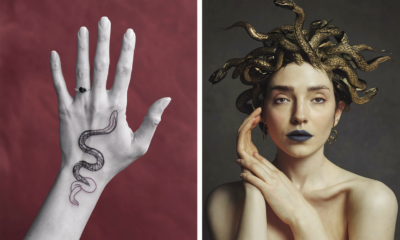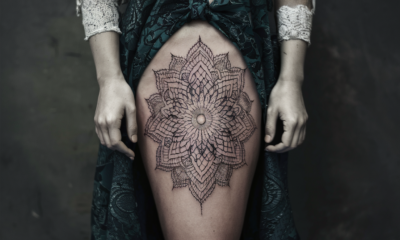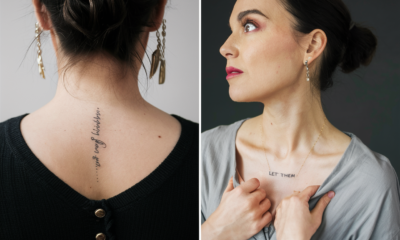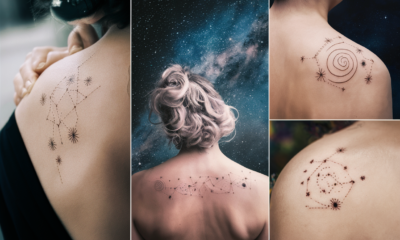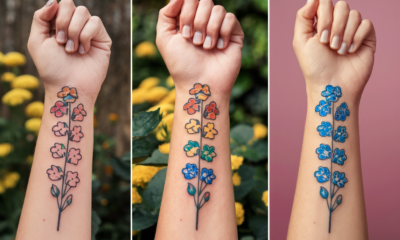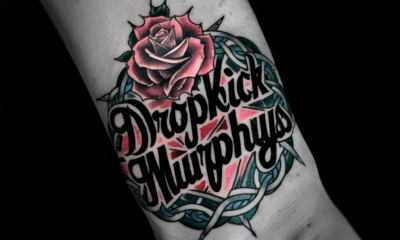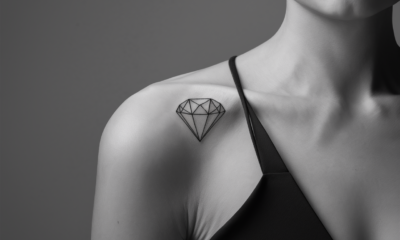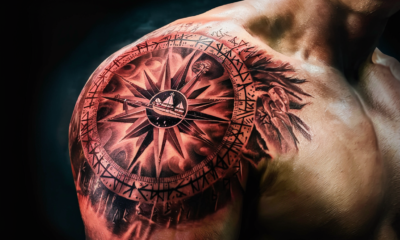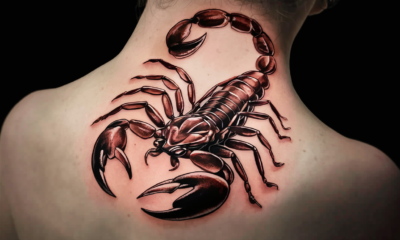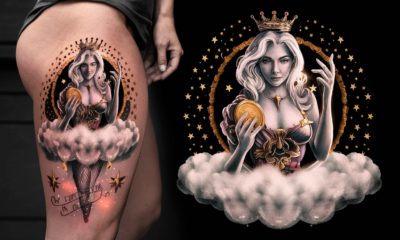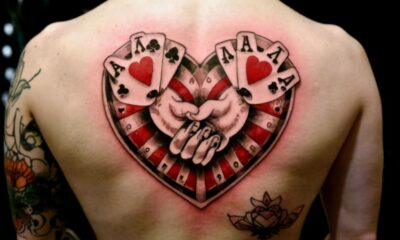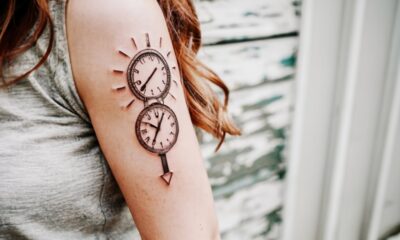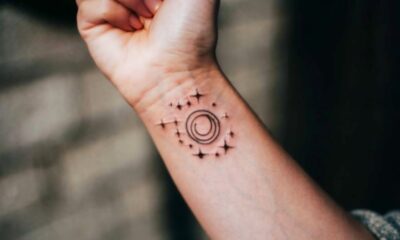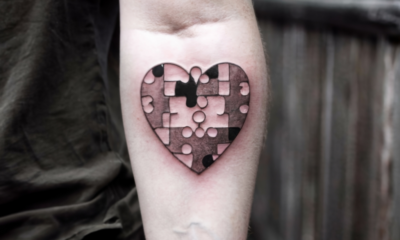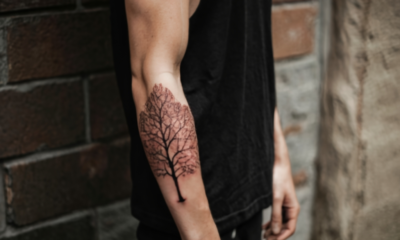Tattoos
Japanese Samurai Tattoos Rich History and Cultural Significance

Japanese tattoos are known for their detailed designs, rich symbolism, and cultural significance. Among the most revered images is the samurai. This article explores Japanese samurai tattoos, their meanings, symbolism, cultural value, history, designs, and styles. We’ll also look at tattoo artists’ perspectives, placement options, and aftercare tips for those considering this timeless tattoo choice.
Historical Context and Cultural Significance of Samurai Tattoos
Samurai tattoos hold a special place in Japanese culture. The samurai, Japan’s warrior class, stands for honor, bravery, and discipline. They followed the Bushido code, which emphasized loyalty, courage, and martial arts. This history makes the samurai a powerful tattoo choice, representing both a warrior spirit and deep ethical principles.
Symbolism and Meaning of Samurai Tattoos
Samurai tattoos symbolize strength, honor, and loyalty. For many, a samurai tattoo is a reminder of resilience and perseverance. The samurai image can act as a guardian, embodying bravery and discipline.
The armor and weapons in these tattoos add to the meaning. The armor shows protection and readiness, while the katana, the samurai sword, represents honor and justice. Together, they create an image of a noble protector and fierce warrior.
The Appeal of Samurai Tattoos
Samurai tattoos attract a wide range of people, drawn by their symbolism and history. Men often see these tattoos as symbols of strength and honor. However, anyone who admires the samurai’s values might choose this powerful imagery.
Small samurai tattoos are growing in popularity. They suit those who prefer a discreet but meaningful design. These tattoos can be placed in less visible areas, allowing for a personal connection to the symbolism without needing a large piece.
Traditional Japanese Samurai Tattoo Designs
Traditional samurai tattoos are usually large and elaborate, covering the back, chest, or sleeves. They often show the samurai in full armor, either in battle or in a ready stance. Background elements like cherry blossoms, dragons, and waves add layers of meaning.
Cherry blossoms symbolize the fleeting nature of life, a key concept in Japanese philosophy that complements the samurai’s acceptance of mortality. Dragons represent power and wisdom, reinforcing the samurai’s strength. Waves signify life’s ever-changing nature and the samurai’s ability to face its challenges.
Modern Interpretations and Styles of Samurai Tattoos
While traditional designs remain popular, modern samurai tattoos have emerged. These styles might include realistic depictions of samurai warriors. Some artists blend traditional techniques with modern styles, creating unique pieces that honor the samurai’s legacy.
Color choices also vary. Traditional tattoos use black, red, and gray. Modern tattoos might use more colors, adding depth and vibrancy. This blend of old and new creates a dynamic art form that respects its roots while evolving.
Different Tattoo Styles and Ideas for Samurai Tattoos
Samurai tattoos offer a range of styles, each reflecting rich history and deep symbolism. Let’s explore popular styles and creative ideas for these tattoos.
Traditional Irezumi Style
Traditional Irezumi tattoos use bold lines, intricate details, and vibrant colors. They often cover large body parts like the back or sleeves. In Irezumi, samurai appear in full armor, ready for battle. These designs usually include cherry blossoms, koi fish, dragons, and waves. Each element adds cultural meaning, making the tattoo a comprehensive narrative.
Realistic Style
Realistic samurai tattoos create lifelike depictions. They focus on fine details of the samurai’s face, armor, and weapons. This style requires a skilled artist who can capture the samurai’s features and armor’s texture. Realistic tattoos often use shades of black and gray, though some add color for vibrancy.
Neo-Traditional Style
Neo-traditional tattoos blend bold lines and vivid colors of traditional tattoos with modern elements. Samurai tattoos in this style may have stylized, exaggerated features, giving them a unique look. Neo-traditional tattoos might include abstract backgrounds, unconventional colors, or mixed cultural motifs, allowing for creativity.
Minimalist Style
Minimalist samurai tattoos offer a subtle, powerful alternative. They use clean lines and minimal shading for an understated look. Minimalist designs might focus on key elements like a helmet, sword, or warrior silhouette. These tattoos can be deeply meaningful, perfect for small placements like the wrist or ankle.
Watercolor Style
Watercolor tattoos use a painting-like technique, creating a soft, fluid look. This style gives samurai tattoos a unique, artistic appearance. A watercolor samurai might show a warrior in action, with colors representing movement or background elements. This style offers a modern take on traditional samurai tattoos.
Creative Ideas for Samurai Tattoos
Samurai with Koi Fish
Combining a samurai with a koi fish creates a tattoo rich in symbolism. The koi fish represents perseverance and strength, qualities aligning with the samurai ethos. This design might depict the samurai protecting the koi or blending both in a harmonious composition.
Female Samurai (Onna-Bugeisha)
Female samurai, or onna-bugeisha, played significant roles in history. A tattoo featuring a female samurai represents empowerment and courage. This design can highlight the warrior’s strength and grace, breaking traditional gender roles.
Samurai with Dragons
Dragons symbolize power, wisdom, and protection. A samurai tattoo featuring a dragon emphasizes these qualities. The dragon might wind around the samurai or appear in the background, adding depth and intensity to the design.
Samurai in Battle
A tattoo showing a samurai in battle captures the warrior’s fierce determination and courage. This design might include swirling clouds or flying arrows, enhancing the sense of action and movement.
Samurai and Cherry Blossoms
Cherry blossoms symbolize life’s fleeting nature, resonating with the samurai’s acceptance of mortality. A tattoo combining a samurai with cherry blossoms creates a poignant, beautiful image. Blossoms might surround the samurai or scatter across the design, adding elegance and transience.
Tattoo Artists Specializing in Samurai Designs
Choosing the right artist is crucial for a samurai tattoo. Artists specializing in Japanese tattoos understand the cultural and historical significance of these designs. They ensure each piece is visually stunning and rich in meaning.
Renowned artists like Horiyoshi III in Japan are known for their traditional samurai tattoos. His work is detailed and vibrant, using traditional techniques. In the West, artists like Shige from Yellow Blaze Tattoo blend traditional and modern styles, creating stunning samurai tattoos.
Placement Options for Samurai Tattoos
The placement of a samurai tattoo depends on the design’s size, the individual’s body shape, and personal preference. Large tattoos often go on the back, providing a detailed canvas. The chest and sleeves are also popular, offering space for intricate designs.
Smaller samurai tattoos can be placed on the forearm, upper arm, calf, or wrist. These placements allow for a discreet yet meaningful tattoo. The choice of placement should fit the individual’s lifestyle and visibility preference.
Aftercare for Samurai Tattoos
Proper aftercare is essential for a samurai tattoo to heal well and stay vibrant. Follow the artist’s aftercare instructions. Keep the tattoo clean and moisturized, avoid direct sunlight, and don’t submerge it in water during the initial healing phase.
In the first few days, keep the area clean and apply a thin layer of ointment. As it heals, the tattoo may peel or scab. This is normal. Don’t pick at the scabs or peeling skin, as this can cause infection or damage the tattoo.
Long-term care is also important. Regularly moisturize the tattoo and protect it from the sun to preserve its colors and details. Use sunscreen on the tattooed area to prevent fading.
Conclusion
Japanese samurai tattoos are more than beautiful art; they’re profound symbols of cultural heritage and timeless values. The intricate designs and deep symbolism make these tattoos a powerful choice for those who embody strength, honor, and resilience.
-
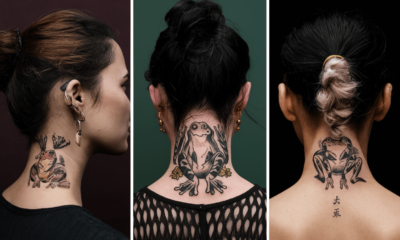
 Tattoos7 months ago
Tattoos7 months agoJapanese Frog Tattoos A Blend of Symbolism and Style
-
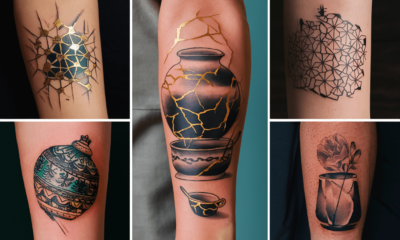
 Tattoos7 months ago
Tattoos7 months agoKintsugi Tattoo Embracing Beauty in Imperfection
-
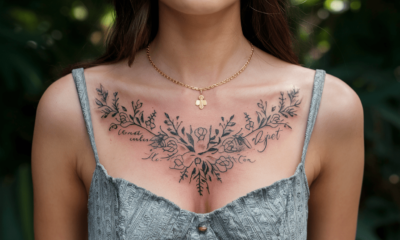
 Tattoos7 months ago
Tattoos7 months agoUnveiling the Artistry Female Chest Tattoos
-

 Tattoos7 months ago
Tattoos7 months agoDivine Guardians Exploring Guardian Angel Tattoos
-

 Tattoos8 months ago
Tattoos8 months agoExploring the Meaning of Stairway to Heaven Tattoos
-

 Tattoos10 months ago
Tattoos10 months agoHarley Davidson Tattoo 14+ Riding the Ink Highway Ideas
-

 Tattoos8 months ago
Tattoos8 months agoCrybaby Tattoos A Journey Through Emotion and Art
-
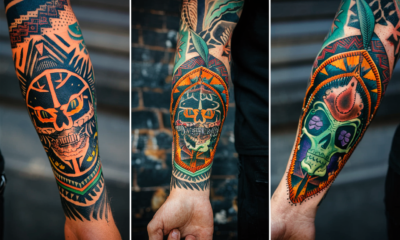
 Tattoos10 months ago
Tattoos10 months agoBlast Over Tattoos Transforming Skin Stories into Living Art

